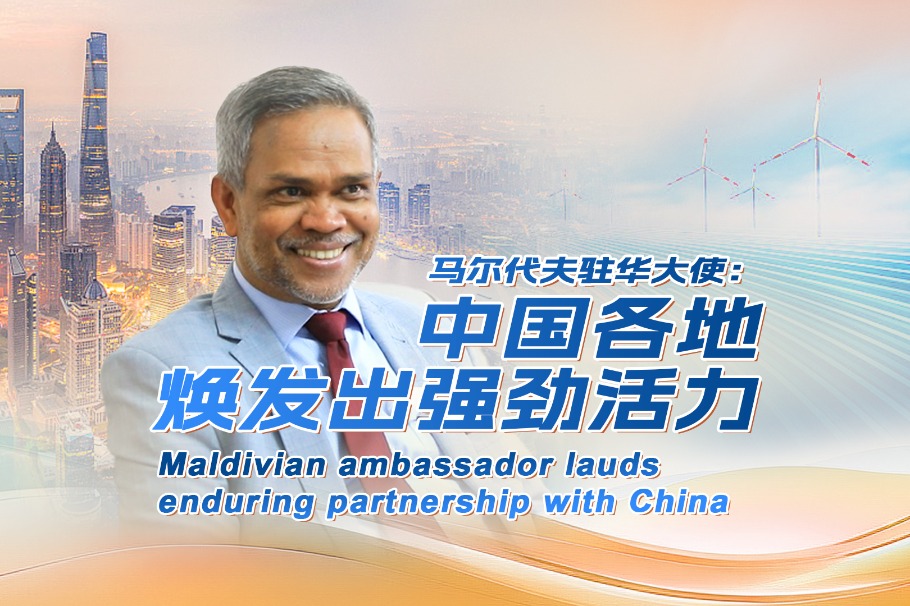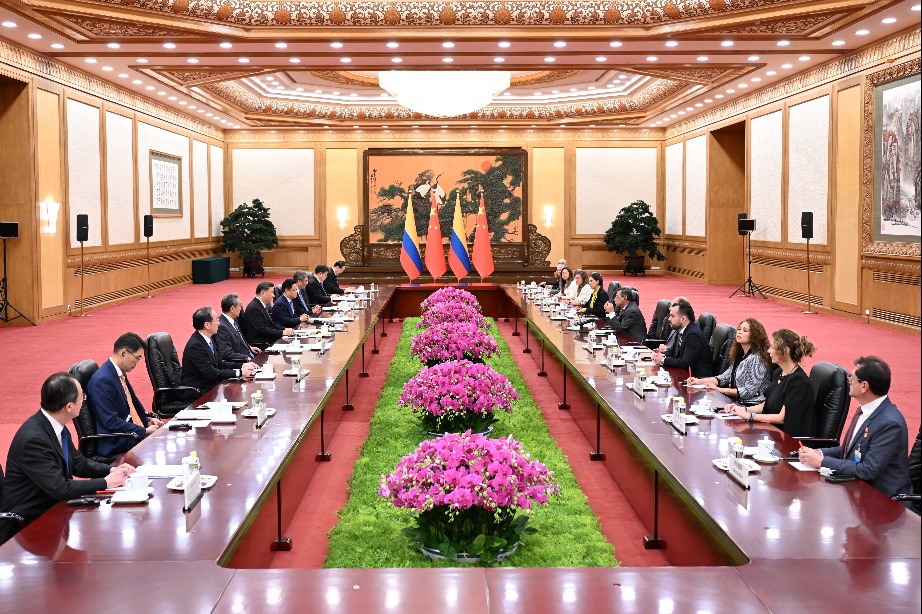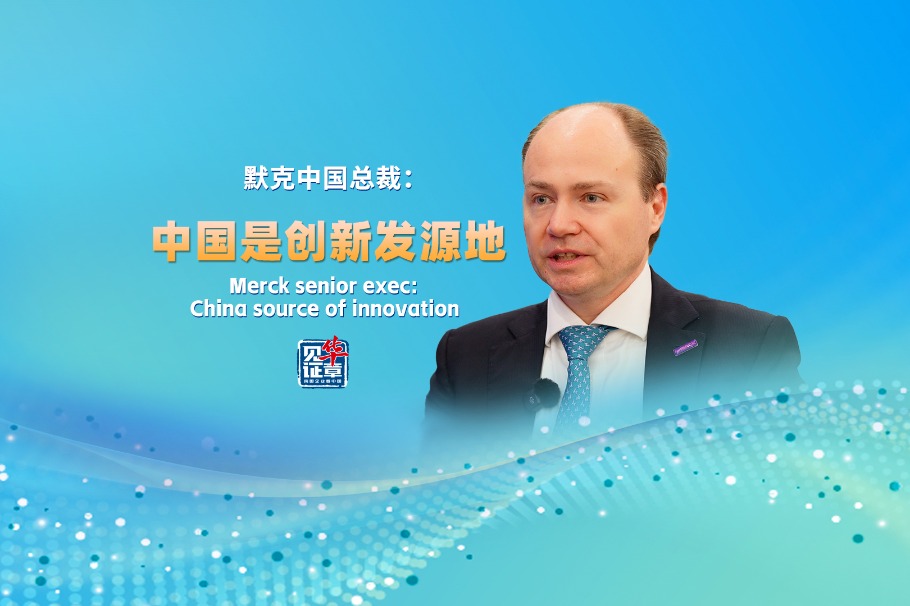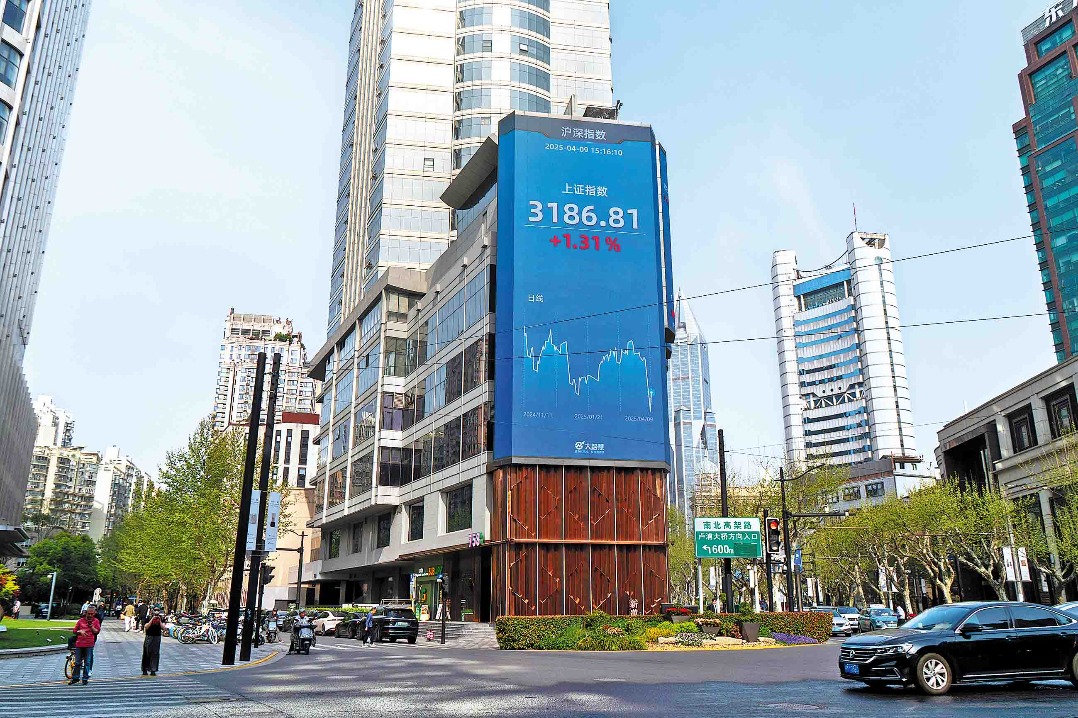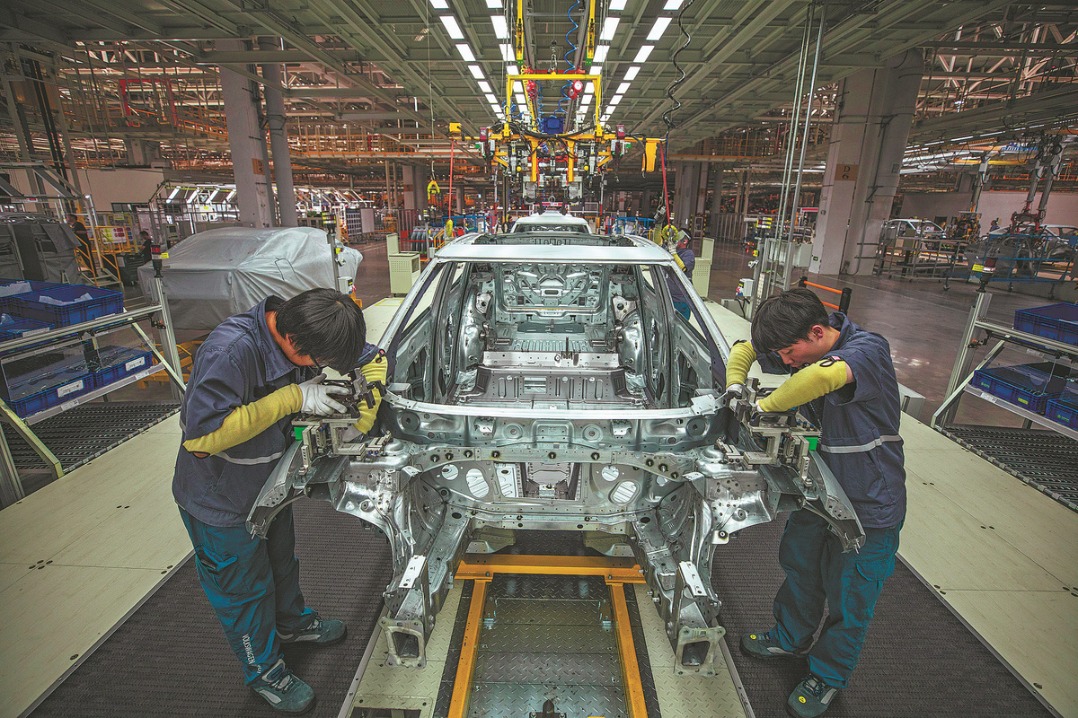Key development driver


The Belt and Road Initiative is unlocking new opportunities for cooperation between Rwanda and China
This year marks the 10th anniversary of China's flagship Belt and Road Initiative, which was proposed in 2013 with the aim of improving connectivity and promoting cooperation on a transcontinental scale. In the current era of economic globalization, the Belt and Road Initiative embodies the spirit of cooperation, openness, inclusiveness and mutual benefit. The initiative promotes economic integration and unlocks economic potential, thereby contributing to global cooperation, creating new platforms and opportunities, and shaping a new outlook for the future.
As Rwanda has set its sights on becoming a middle-income country by 2035 and a high-income nation by 2050, China has emerged as a key and reliable partner for investment and trade. Chinese companies continue to invest in Rwanda, while at the same time Rwanda is finding valuable market opportunities in China to supply specialty agricultural commodities, such as high-quality chili, tea and coffee.
However, achieving these goals requires proper infrastructure and connectivity. Infrastructure and connectivity are key objectives of the Belt and Road Initiative and fundamental factors that determine the depth and breadth of cooperation between China and Rwanda, and Africa in general.
The Belt and Road Initiative pursues common development, aims at mutual benefits, and conveys a message of hope. Since its inauguration, the initiative has earned active support and participation from African countries. A significant number of cooperation projects between Africa and China are currently underway, while others are expected to deliver concrete benefits in the future.
For a country such as Rwanda, which joined the Belt and Road Initiative in 2018, the initiative is a welcome opportunity to bridge the infrastructure gap in Rwanda and connect it to Africa and the rest of the world. Infrastructure has been defined as one of the bottlenecks for Africa's sustainable economic transformation, and Rwanda, and Africa in general, appreciate China's contribution to infrastructure building.
The world demonstrated multilateral cooperation in combating the novel coronavirus pandemic and bringing it, hopefully, to an end. The pandemic had significant impacts on the economy globally. Today, the world economy is recovering slowly and the international trade and investment landscapes are undergoing major adjustments.
Despite facing various challenges, such as the global pandemic, climate-related shocks, and inflationary pressures caused by the conflict in Ukraine, Rwanda's economy has remained resilient and continues to achieve robust growth. In 2022, the country's economy grew by 8.2 percent, and it has gained a reputation as one of the fastest-growing economies in Africa due to its steady growth.
Under the framework of the Forum on China-Africa Cooperation and bilateral engagement, China supports many socioeconomic programs in Rwanda, including infrastructure, manufacturing, agriculture, trade and investment, among others. China is among Rwanda's top trading partners and contributes a large proportion of its foreign direct investment. Since 2000, China has been involved in infrastructure projects in Rwanda, particularly road construction. In recent years, numerous roads have been constructed in both rural and urban areas, mainly to enhance exports and improve people's well-being by creating jobs.
In the same spirit, implementation of the Belt and Road Initiative projects register significant growth in terms of infrastructure development, job creation and trading opportunities in Rwanda and Africa. This elevates the bilateral relations between the two countries to a shared development strategy through win-win cooperation.
Rwanda is ready to take advantage of the opportunities presented by the Belt and Road Initiative and has already begun laying the groundwork for this. For instance, since 2019, Rwandan entrepreneurs and students have been attending various training sessions in China on e-commerce and trade. The program is already showing its positive effects, as some students have come up with an ambitious vision to start an e-commerce program that assists farmers in Rwanda to sell their agricultural products online.
Africa and China will continue to uphold the principle of extensive consultation, joint contribution and sharing mutual benefits for the well-being of the two peoples, and advance sustainable, high-standard, people-centered Belt and Road cooperation. As major active participants and beneficiaries of the initiative, African Union members have a good reason to believe that the Belt and Road projects will further continue the long history of cooperation between Africa and China.
Like the Dakar FOCAC Action Plan, the Belt and Road Initiative is aligned with the African Union Agenda 2063 with its First 10-Year Implementation Plan and the Sustainable Development Goals of the United Nations. It is also aligned with the East African Community Vision 2050, which focuses on job creation and employment. Therefore, the major opportunities presented by the Belt and Road Initiative could not have come at a better time.
The author is Rwanda's ambassador to China. The author contributed this article to China Watch, a think tank powered by China Daily. The views do not necessarily reflect those of China Daily.
Contact the editor at editor@chinawatch.cn
















